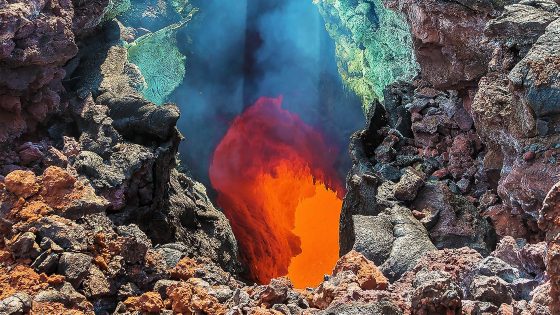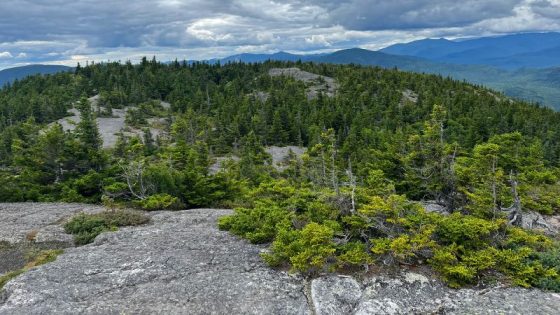Beneath North America, scientists have made a groundbreaking discovery: the continent’s deep roots are slowly dripping away in blobs of rock. This unusual geologic phenomenon, observed in real time, is linked to the remnants of an ancient tectonic plate.
- North America’s crust is experiencing cratonic thinning.
- Discovery linked to ancient Farallon Plate.
- Thinning process observed in real time.
- No immediate threat to surface landscape.
- Seismic modeling reveals Earth's interior dynamics.
- Research enhances understanding of continental evolution.
Researchers at the University of Texas at Austin, led by Junlin Hua, have identified this process known as cratonic thinning. As of 2025-08-24 19:16:00, this discovery offers unprecedented insights into how continents can subtly reshape from within.
This finding raises important questions about the stability of cratons, ancient rock formations that form the continent’s core. How do these deep processes affect surface landscapes? Understanding this could reshape our knowledge of plate tectonics.
- Cratonic thinning occurs at a glacial pace, posing no immediate threat.
- The Farallon Plate, subducting for 200 million years, influences this process.
- Seismic imaging techniques reveal detailed insights into Earth’s interior.
As scientists refine their seismic imaging technologies, we may uncover even more about the hidden forces shaping our planet. This ongoing research could revolutionize our understanding of continental evolution.































